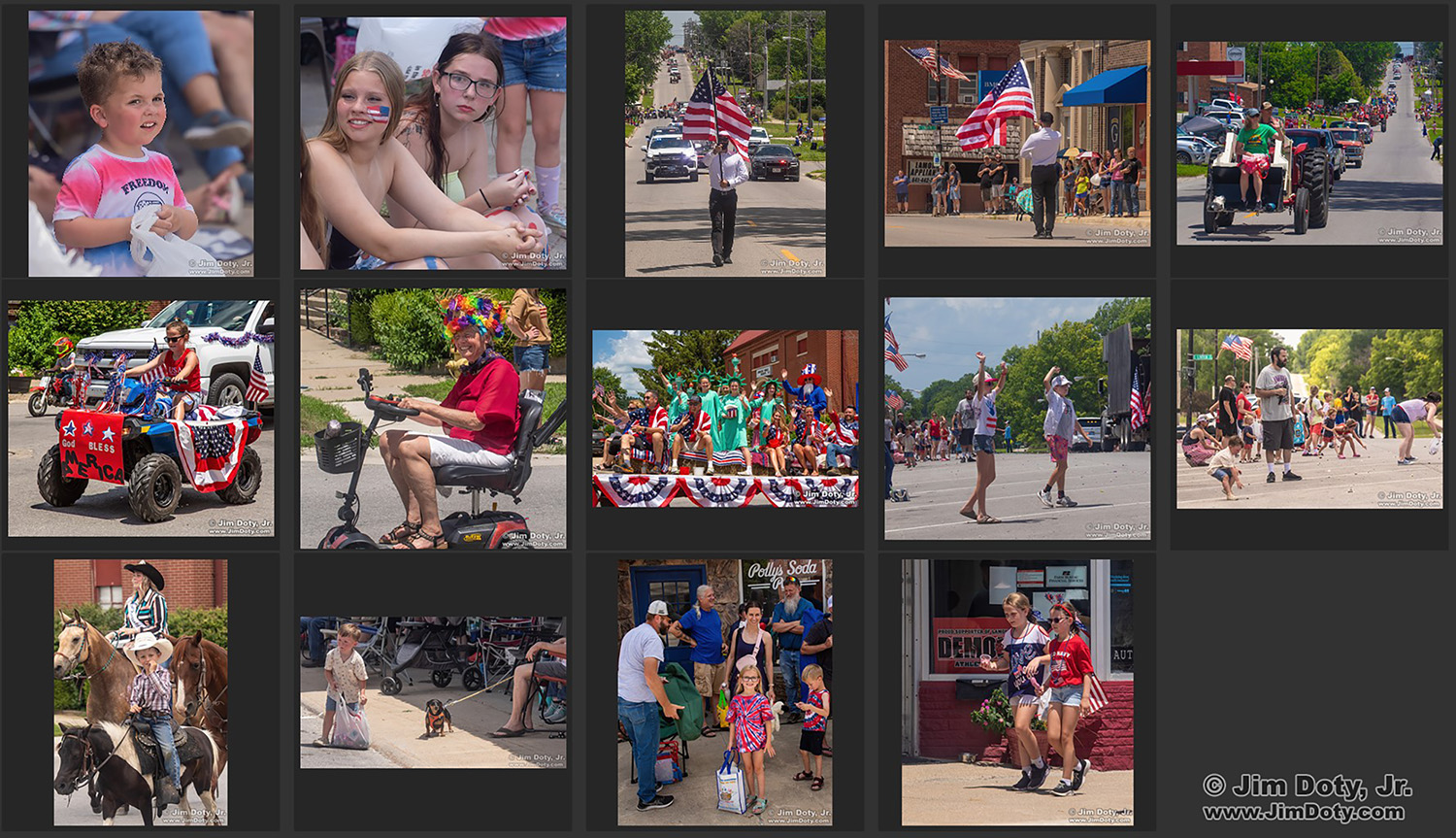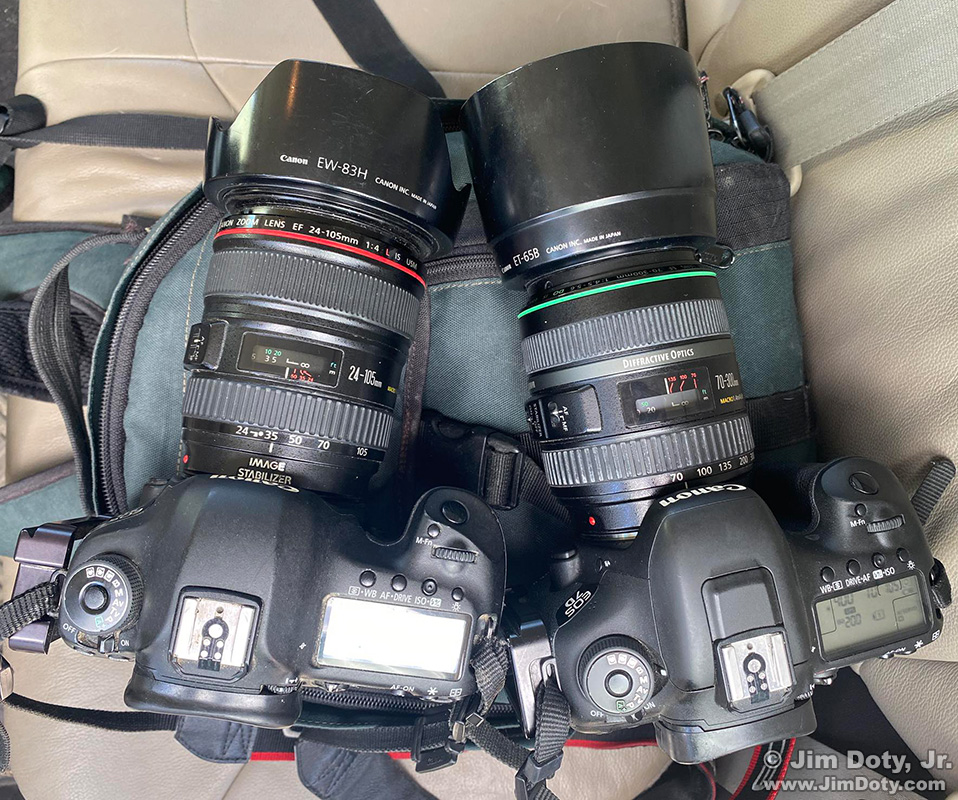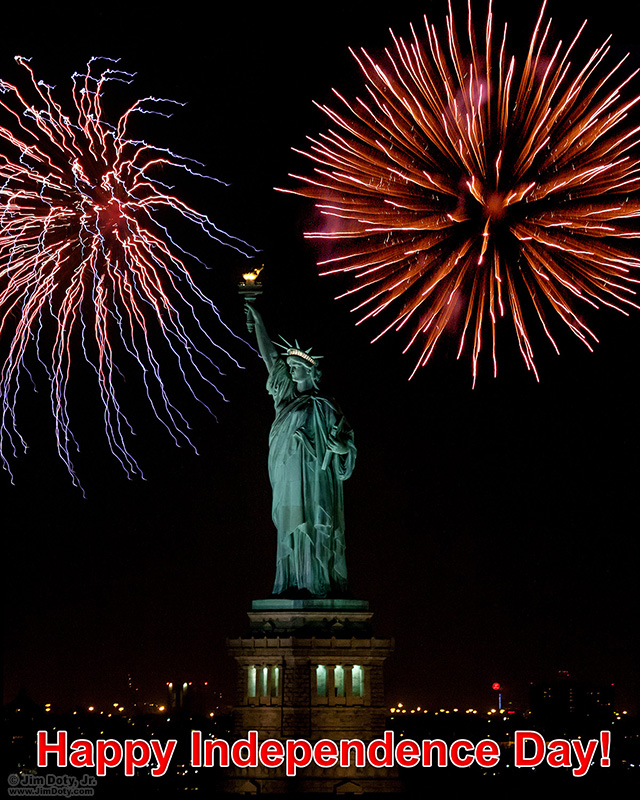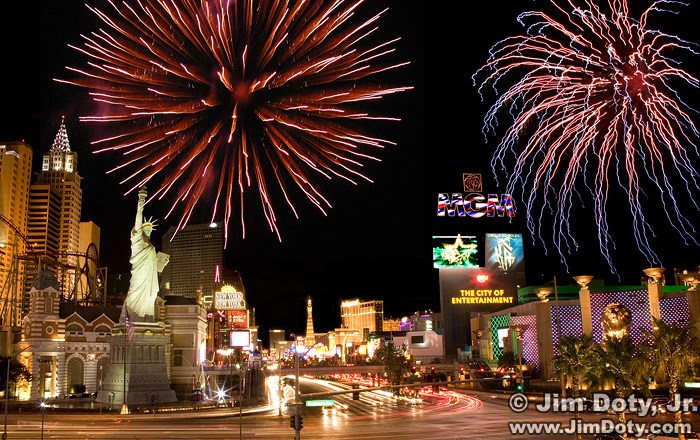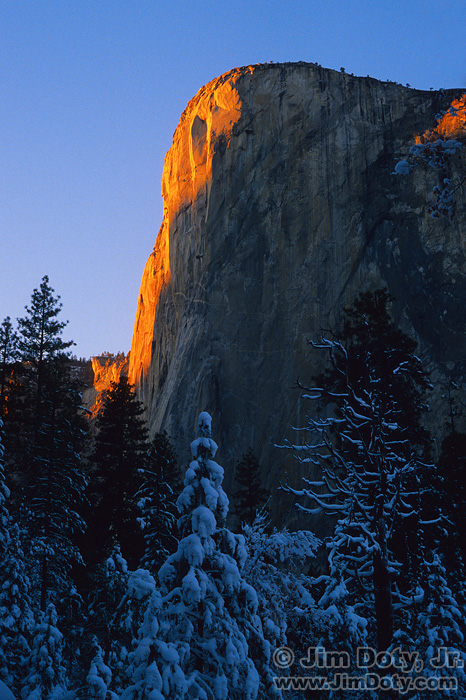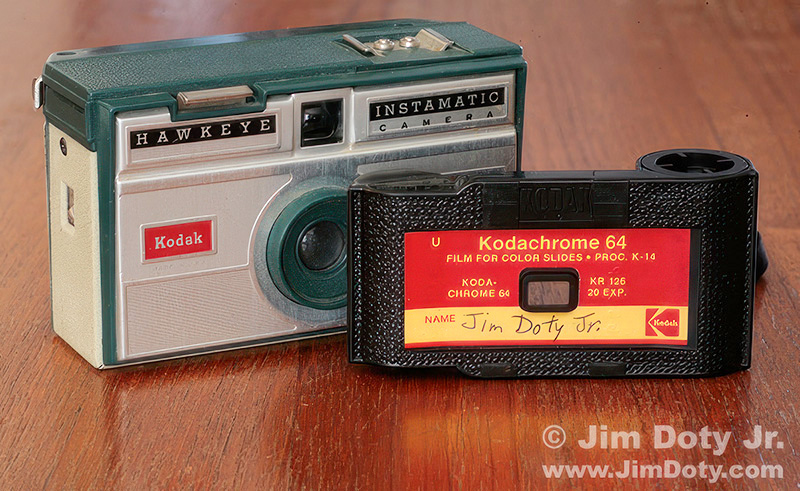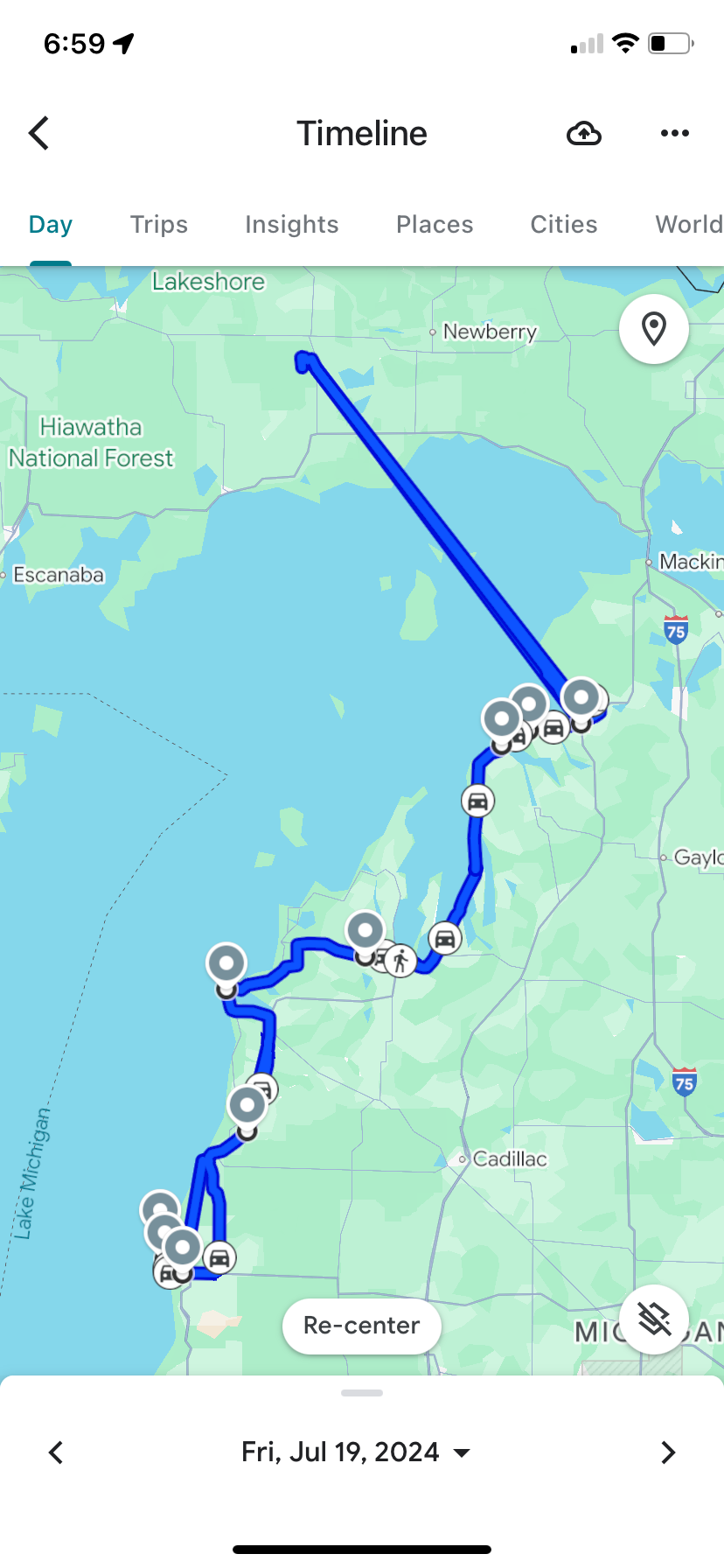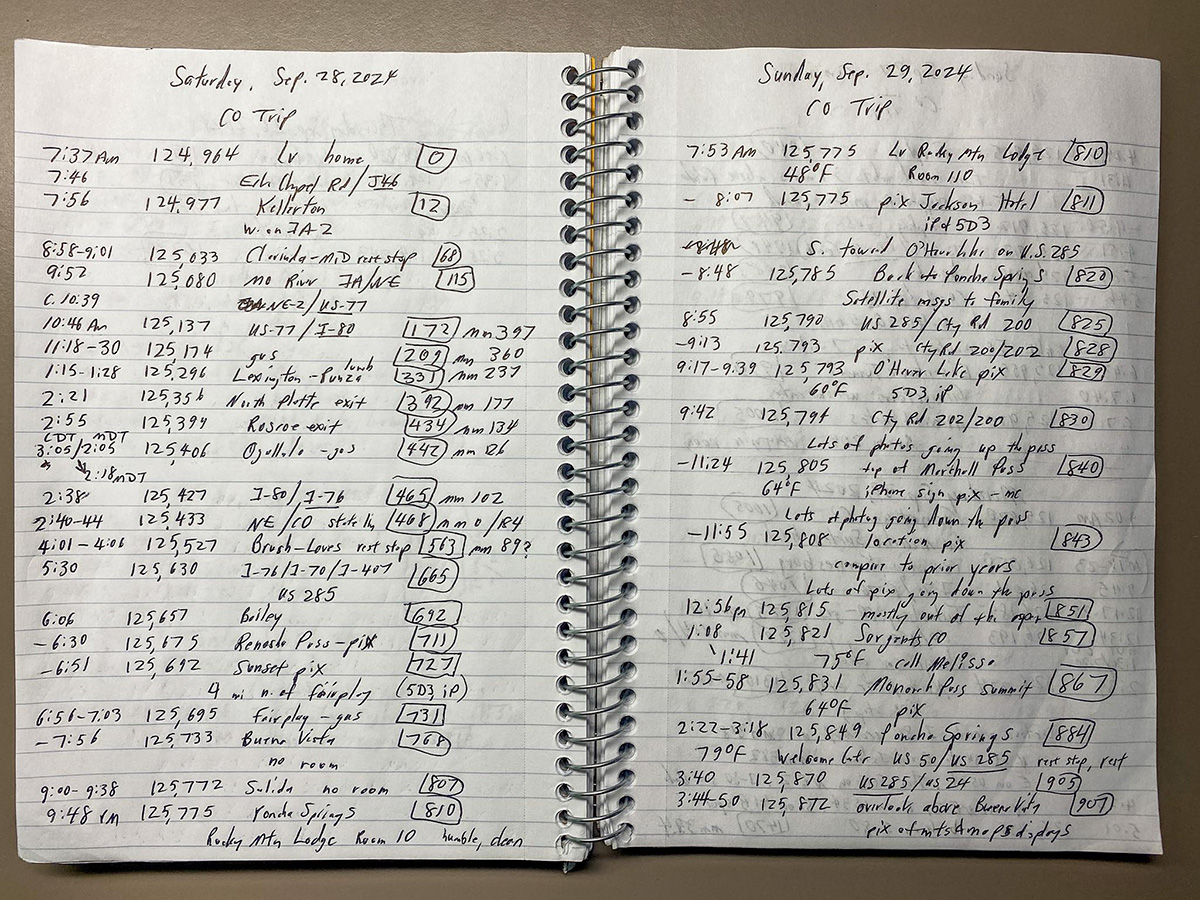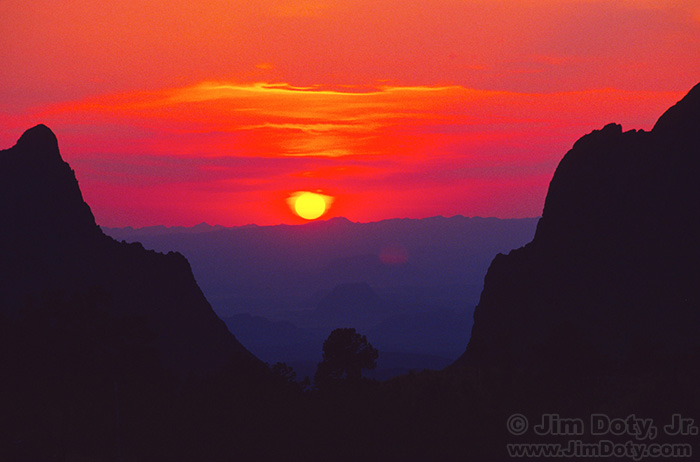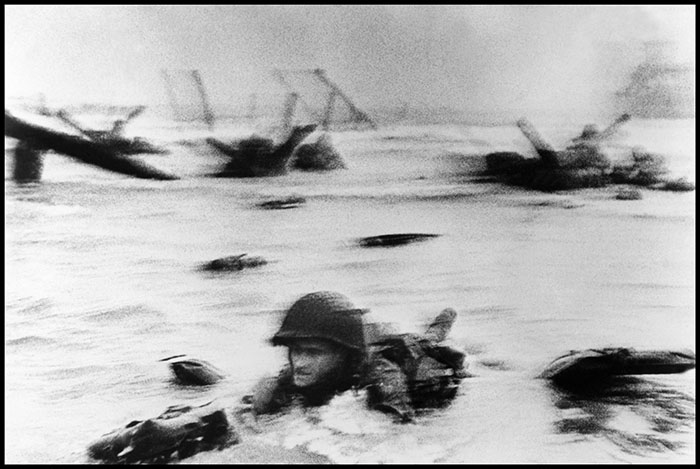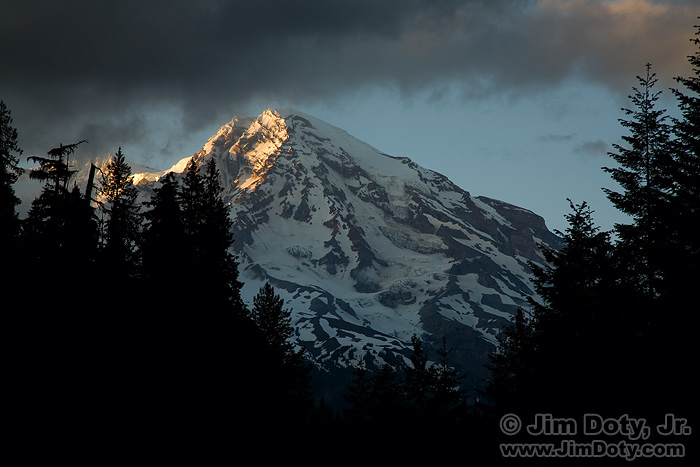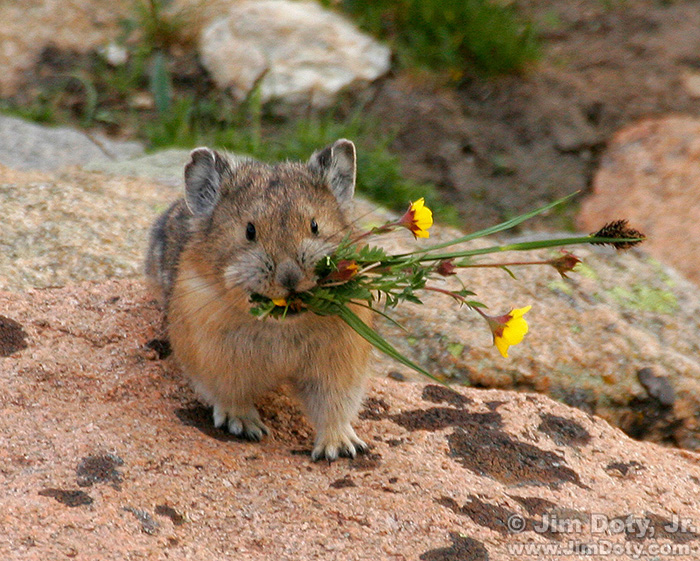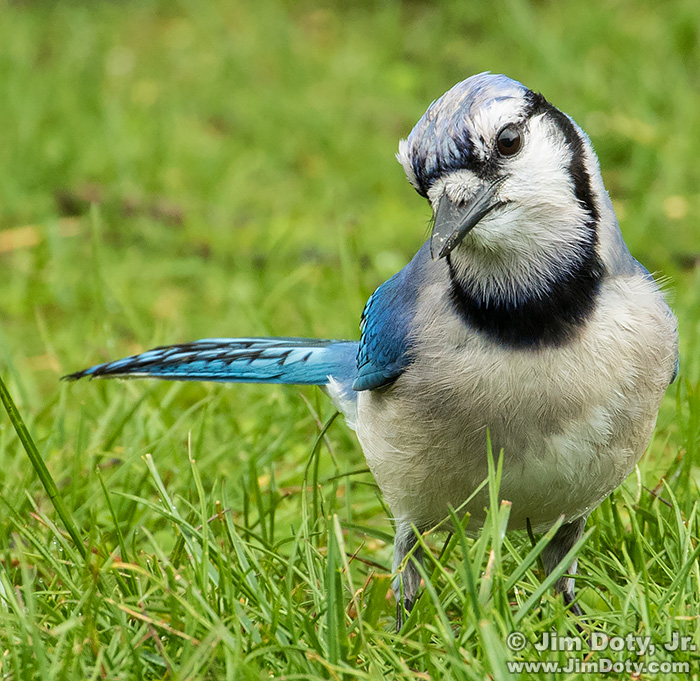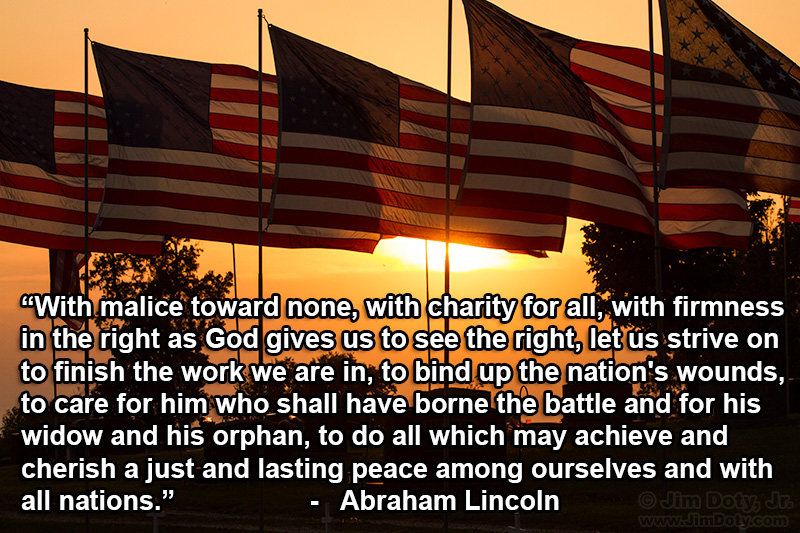When I created this image 14 years ago this evening, shooting on railroad tracks was popular and still pretty much an accepted thing. I have several railroad track images in my collection. All kinds of professional and amateur photographers created images on railroad tracks. A Google image search will turn up hundreds of photos. Careful photographers chose long, straight sections of track with great visibility and they paid attention.
Photos: 4th of July Parade
Every year I photograph the annual 4th of July parade in Lamoni Iowa. In addition to the 14 “selects” I share below, I discuss the equipment I use, the number of photos, and at the end of this article I describe what I look for when I photograph a parade. “Selects” is a newspaper/magazine word for the best photos (the photos selected) out of all the photos created. An editor working on an event article might say to a photographer, “Send me a dozen of your selects”, so the photographer would send 12 images out of all the photos that were created at the event.
Happy Birthday, Acadia!
Acadia National Park is 109 nears old today. The photos in this article were taken by me in Acadia National Park, October 2017.
Photo Gear for a Parade
This is the photo gear I used at yesterday’s 4th of July parade. This is pretty much my standard event photography kit. On the left is a Canon 5D Mark III with a Canon 24-105mm lens. On the right is a Canon 7D Mark II with a Canon 70-300mm DO IS lens. On the rare occasion that I need a longer lens, I take a 100-400mm lens instead of the 70-300mm lens.
The Declaration of Independence, July 4, 1776
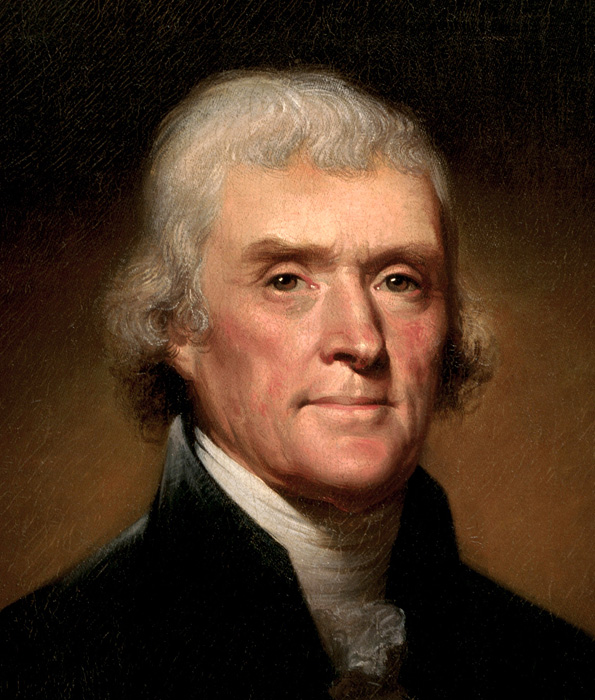 Thomas Jefferson by Rembrandt Peale, 1800
Thomas Jefferson by Rembrandt Peale, 1800
“We hold these truths to be self-evident, that all men are created equal, that they are endowed by their Creator with certain unalienable Rights, that among these are Life, Liberty and the pursuit of Happiness.”
From the Declaration of Independence, signed July 4, 1776. Written by Thomas Jefferson (1762-1826). 3rd US President (1801-09).
More images (including Thomas Jefferson’s original draft) and the complete text of the declaration are after the break.
Happy Independence Day!
How To Photograph Fireworks
You can point your camera at the sky in auto exposure and autofocus modes and fire away whenever you see a burst of fireworks, but for the best quality photos, it helps to know a few tricks of the trade. It’s easy when you know what to do.
161 Years Ago Today: Abe Lincoln and Our First “Public Lands”
What a great idea! It started with Abe Lincoln, 161 years ago today. He was the first President to create “public lands” and it started with Yosemite Valley and Mariposa Grove.
Today, June 29, is National Camera Day!
This Kodak 126 Instamatic cartridge camera was my first camera. It was a gift from my parents when I was in high school. I used print film cartridges for about 3 years. It was not until I was in college that I made the switch to slide film cartridges. With a few rare exceptions I continued to use slide film until 2003. I did not take a lot of pictures. My first two rolls of slide film lasted from August 1968 to the summer of 1969 and they include two summer camps, some college life photos and my first photo of my girlfriend (and now wife) Melissa. I used this Instamatic camera for about 8 years.
Sarah: A Last Minute Baby-Bump Shoot
Metaphid Jumping Spider
When a rare photo opportunity comes your way, jump on it (pun intended). You have no idea if or when it will happen again.
Get a Quality DSLR and Two Lenses for $500
Yes, you can get a quality, name brand DSLR with two lenses for under $500 at Canon USA. I found this particular kit today (June 19, 2025) at the Canon USA web site.
Google Maps Tracking
If you have the Google Maps app on your phone, you can turn on or off the ability of the app to track your travels. Some people like this and some don’t. You can turn tracking on and off any time you want. The map does not drop bread crumbs that track your exact routes. It draws straight lines between stops. Each round symbol on the map shows one of my stops for the day. Most of these are photo stops but some are for food, gas, or other necessities. By using two fingers on the map on your phone’s screen, you can zoom in or out on the map.
Trip Logs
Before there was Mapquest or Google Maps, there was me! (Tongue-in-cheek font.)
Happy Birthday Big Bend!
Big Bend National Park was officially established June 12, 1944. Generally I don’t like deserts. I like mountains, high altitude lakes and streams, cool breezes, and pine scented air. So imagine my surprise when I fell in love with Big Bend on my very first visit.
“Napalm Girl”: Who Created This Famous Image?
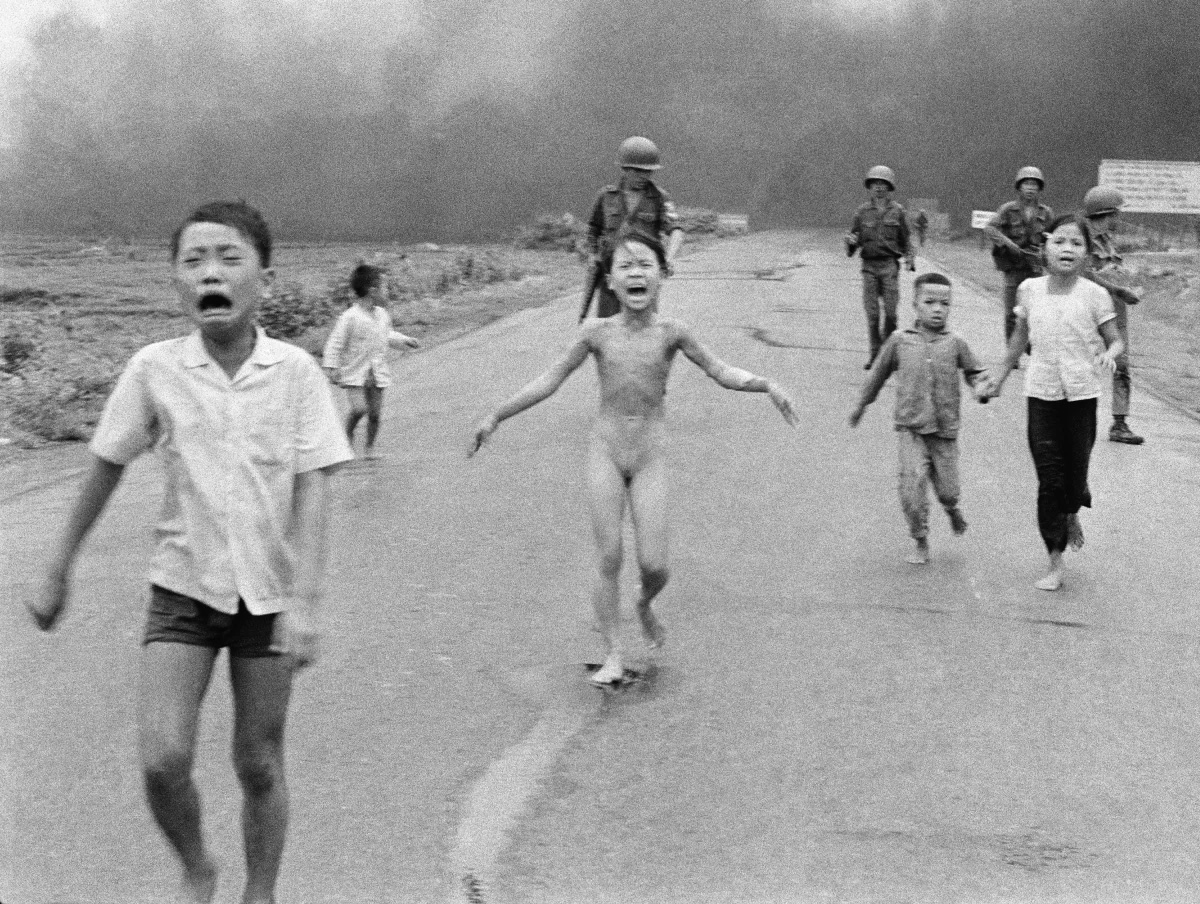
Children flee a napalm attack in Tr?ng Bàng on June 8, 1972. Left to right: Phan Thanh Tam, who lost an eye, Phan Thanh Phouc, Kim Phuc, and Kim’s cousins Ho Van Bon, and Ho Thi Ting. The “Napalm Girl” photograph galvanized an anti-war movement in the United States.
Associated Press/AP
53 years ago today a photographer clicked his shutter and one of the world’s iconic images was created. Officially known as “The Terror of War”, until recently it has been attributed to AP photographer Nick Ut who won a Pulitzer Prize for this image.
Video of Ronald Reagan’s Speech On the 40th Anniversary of D-Day
President Reagan’s 13 minute speech at the U.S. Ranger Monument at Pointe du Hoc is considered to be one of the great speeches in American History. In addition to President Reagan, these world leaders were present: Queen Elizabeth II of the United Kingdom, Queen Beatrix of The Netherlands, King Olav V of Norway, King Baudouin I of Belgium, Grand Duke Jean of Luxembourg, and Prime Minister Pierre Elliott Trudeau of Canada.
Links The text of Reagan’s D-Day speech at The History Place Video of Reagan’s D-Day speech at YouTube
The Text of Ronald Reagan’s Speech On the 40th Anniversary of D-Day
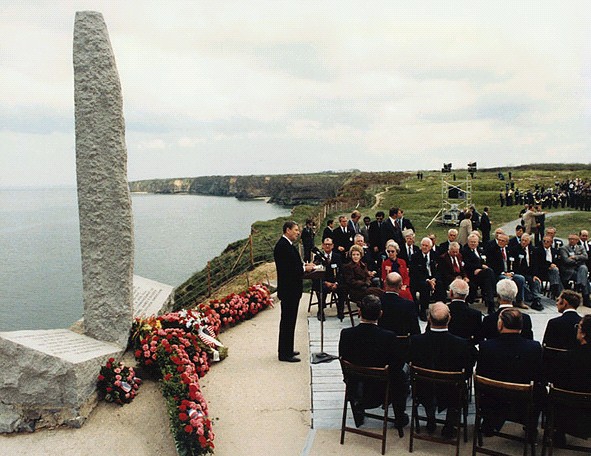
Video: The Story Behind Robert Capa’s D-Day Photos
John Morris, Capa’s London photo editor, tells the story behind Robert Capa’s D-Day photos, including the terrible darkroom mistake that ruined most of the photos. The high resolution video is best viewed full screen. You can see a contact sheet of the nine surviving negatives (ripped sprocket holes and all), Capa’s photo notes, and hear the story of the rush to get the prints back to the U.S. for publication in Life more. Fascinating imagery.
Link
Robert Capa and D-Day, June 6, 1944
June 6, 1944 was the allied invasion of Normandy, the largest seaborne invasion in history. 24,000 allied troops parachuted into France shorty after midnight. The next morning beginning at 6:30 am over 150,000 American, British, and Canadian troops landed. There were 10,000 casualties and 4,414 confirmed dead.
One Photographer and Eleven Outdoor/Travel Writers Pick the Best National Parks for Summer
Summer is the most popular time to visit the national parks. With so many to choose from, where should you go? Which national parks will provide the best photographic opportunities in the summer?
The Best National Parks to Photograph in Summer
Which national parks are at their photographic best in the summer? Here are my favorite choices, grouped by state from west to east, plus one Canadian province.
Photography Workshop Field Trip Day
My Northern Michigan weekend photography workshops are usually in the fall, but this one was on Memorial Day Weekend. At each workshop we take a full day to go on a field trip to Michigan’s Upper Peninsula.
Daiqing Tana
The annual Asian Festival in Columbus Ohio falls on Memorial Day Weekend. Daiqing Tana is from Central Asia. She has a beautiful and unique singing voice and she is a talented folk dancer. She mostly sings Mongolian music and does dances that are typical of Central Asia. She performs with the group HAYA. They were in town for the Asian Festival.
Do Your Due Diligence Before Booking Photo Shoots
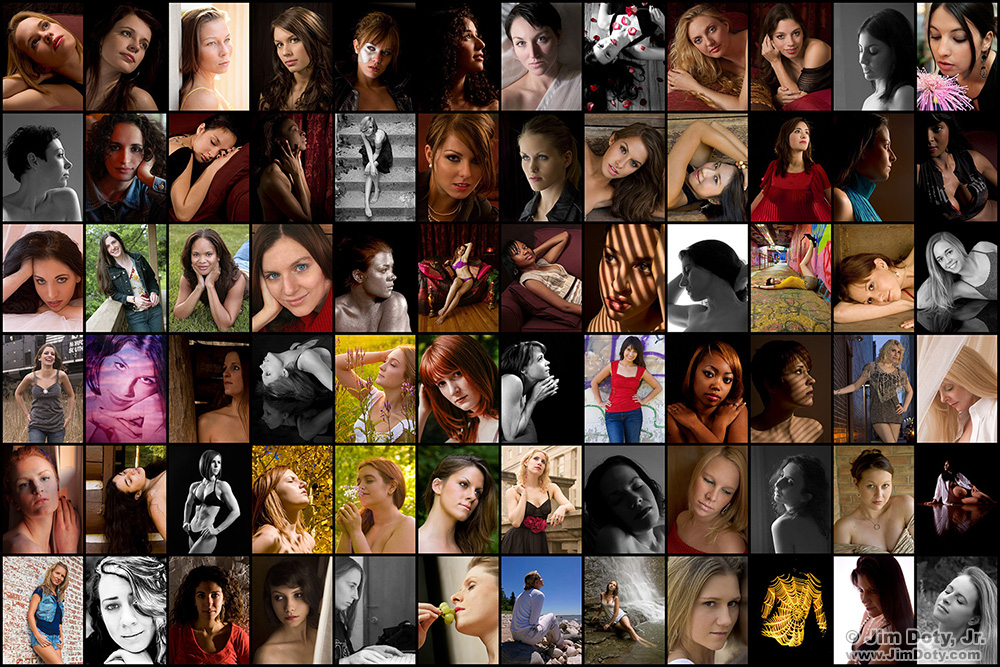
Portrait collage of some of the people I have worked with. To fit this format some of these images are seriously cropped. Click to see a larger version.
My first photo shoot with a professional mode was with Sarah. Before our shoot she had checked me out. And as for me, I had checked her references. I learned she was well known and highly respected. But I was more of an unknown quantity to her. She did not know anyone who knew me. She wanted to have an in-person meeting at a popular outdoor mall. She showed up with a male companion who hovered not too far away. She asked a lot of questions. Part way through our get acquainted meeting she nodded at him and he walked away. I knew I had passed some kind of test. She was doing her due diligence. Unhappy things have happened to models who do not thoroughly check out the photographers they plan on working with. Photographers have had unhappy experiences too. Once Sarah was confident about me, we scheduled the shoot.
Choosing Lens Focal Lengths
A photographer came by recently for some lens purchasing advice. He is headed for Alaska in a couple of months and he has a new R-series Canon camera body. Before his visit I dropped over 700 of my favorite Alaska and Colorado photos into a folder and opened the folder with Adobe Bridge. One of the cool things about Bridge is you can search for photos by the lens that was used, or even individual focal lengths. That way I could show him what was possible with lenses of different focal lengths.
Washington D.C. War Memorials
Memorial Day, A Reflection and a Brief History
 Richard Duane Klug (the name just above the rose) was born January 26, 1946. He died in Darlac Province, Vietnam, November 14, 1967 at the age of 21. He is one of over 58,000 American soldiers that died in Vietnam, and one of over 1.1 million American soldiers that have died in all American wars (almost half of them in the Civil War).
Richard Duane Klug (the name just above the rose) was born January 26, 1946. He died in Darlac Province, Vietnam, November 14, 1967 at the age of 21. He is one of over 58,000 American soldiers that died in Vietnam, and one of over 1.1 million American soldiers that have died in all American wars (almost half of them in the Civil War).
Memorial Day, Rose Hill Cemetery
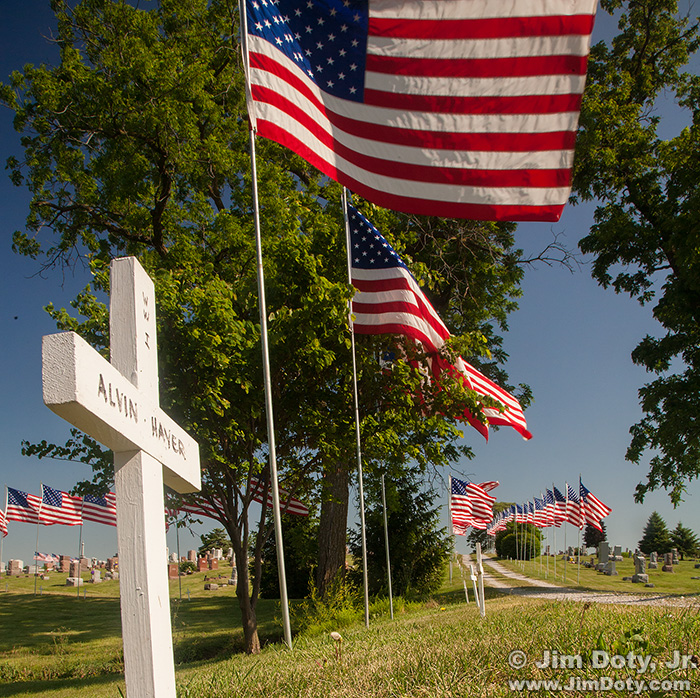
Memorial Day
From Lincoln’s Second Inaugural Address, March 4, 1865.


